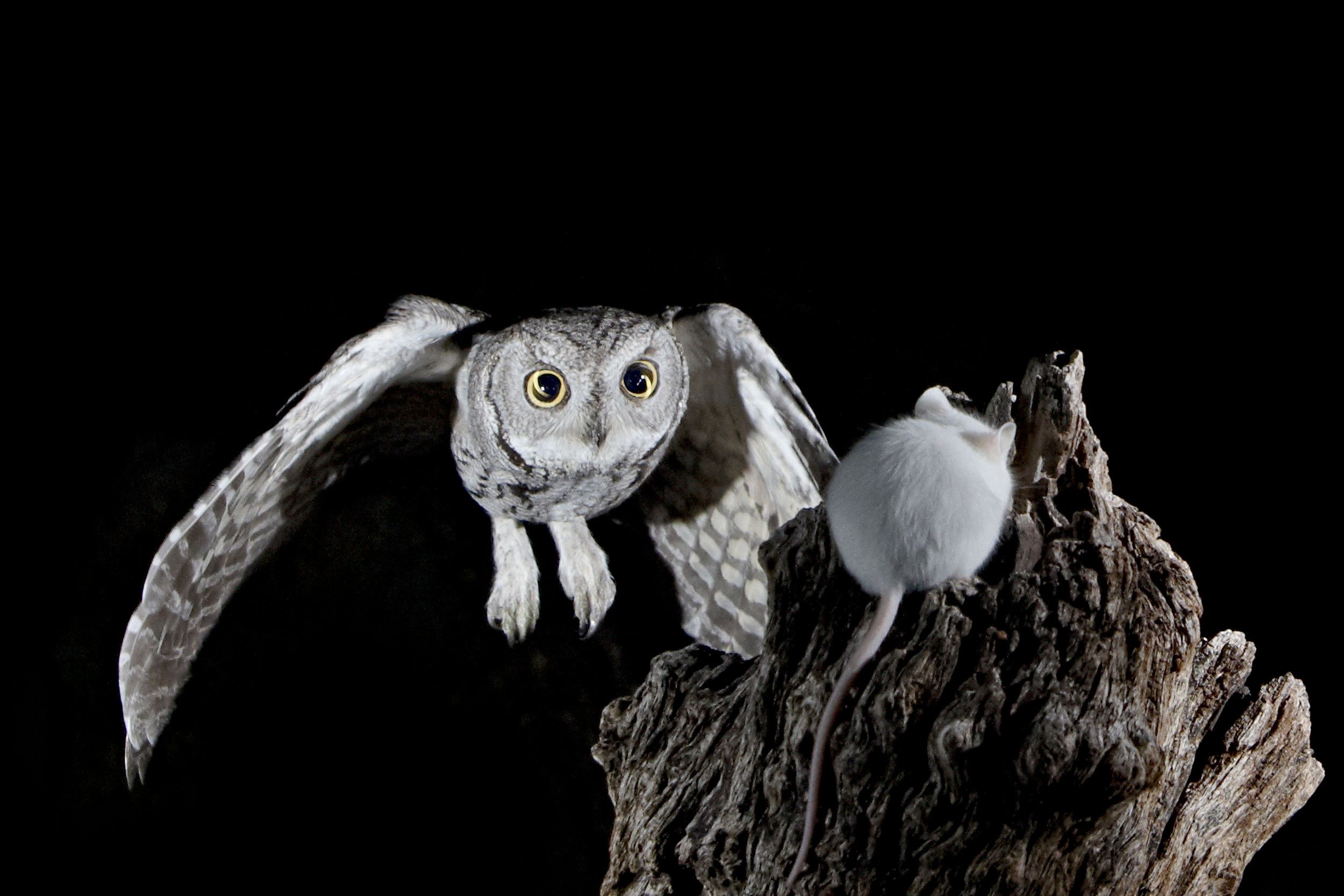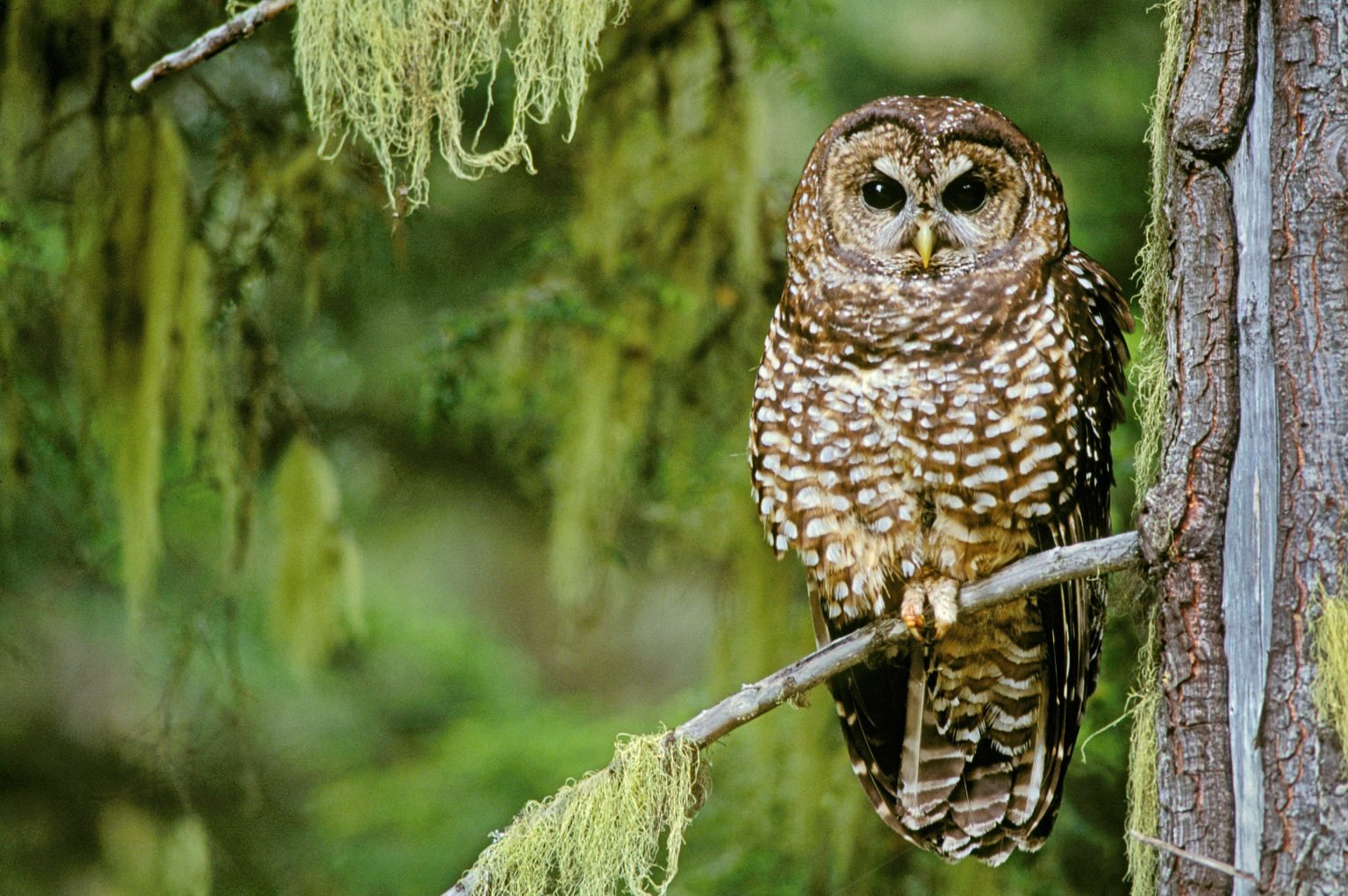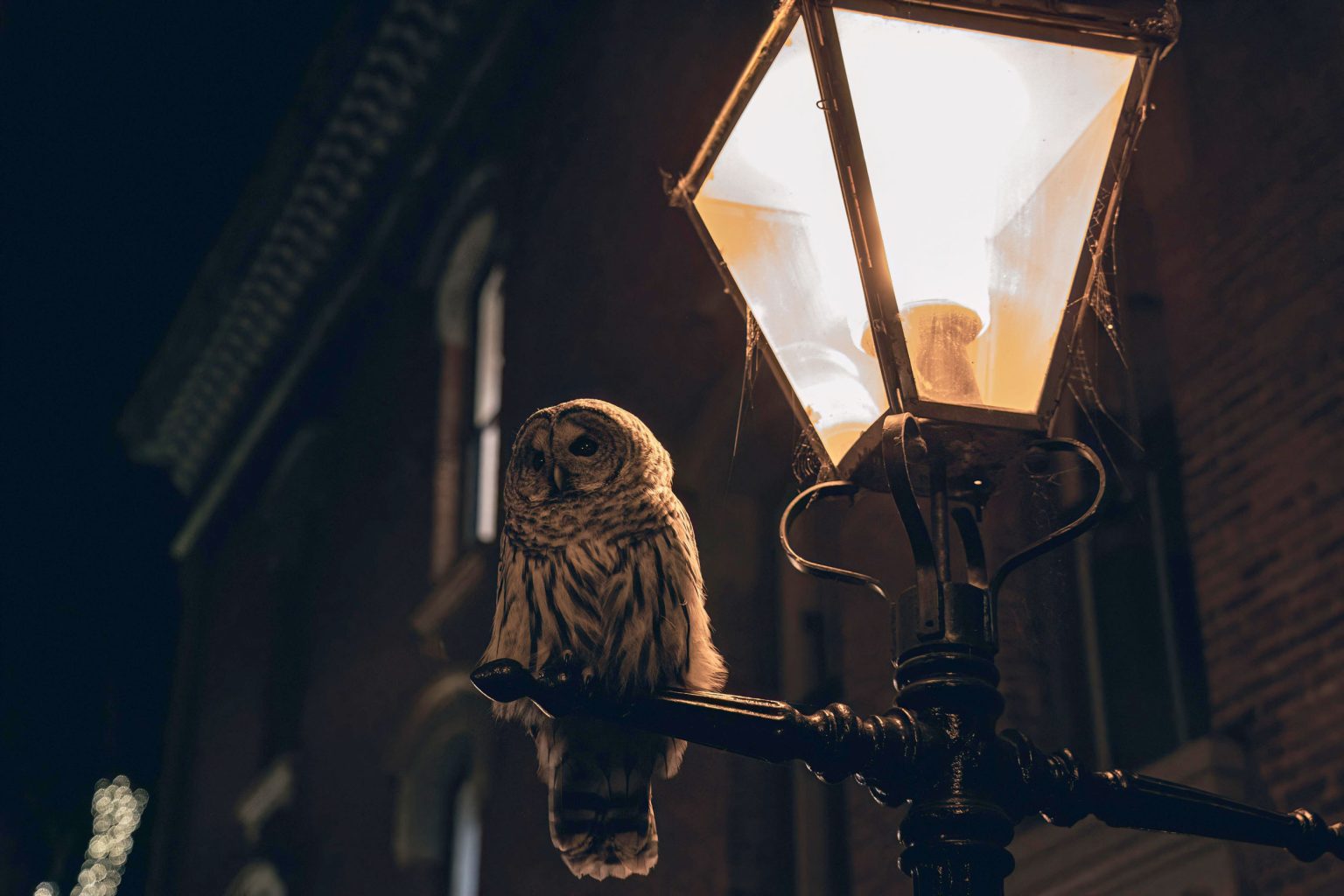Wherever you go, there they are.
Over the past century or so, barred owls have swooped across North America from east to west, inspiring wonder, admiration, and fear about the future of other owls, often all at once. Their story is complicated, as are the labels people attach to them. Are they native or not? And what can their presence in the Pacific Northwest reveal about what it means to belong to a place at this particular moment in history?
Came across this very nice article about the Barred Owl.
As opposed to most recent articles about the Barred Owl being about the pending elimination of a large chunk of the western population of them, this article focuses on how the Barred Owl made its westward journey, why they have been so successful, and the problems resulting from environmental changes expanding the habitat of one species while shrinking it for others.
There are many great facts and photos. It’s not written in a clickbait style. It’s a longer article, but it’s not fluffed up, just full of info. I really recommend you give it a read.

No one knows the population of the little [Screach] owl before barred owls busted into their island habitat. They were common on Vancouver Island in 1972 and uncommon by 2005. But like survivors in the horror flick A Quiet Place, the remaining western screech owls may have embraced silence to avoid deadly attacks. Today, they may hoot less often, so they may be undercounted. (The same may be true of the northern spotted owls.)
Strategic. But smart enough to ultimately outwit barred owls? “Barred owls seem to be quick learners,” Nightingale says.
This is an excellent shot of the little Screechie!
How do you even get a shot like that?!
This photo is why I included these snippets of article, it was too good not to use!
It’s a good fucking photograph man
It reminded me of a nicer museum display. It just looks like such a perfectly captured moment.

My copy of Charles Darwin’s On the Origin of Species clocks in at 703 pages, and much of its length can be attributed to the numerous examples Darwin employs to support his thesis. He points out that species of the same genus with similar habits find it most challenging to coexist—one rat species replacing another rat species, Asiatic removedroaches replacing their Russian congeners, and mistle thrushes replacing song thrushes in Scotland.
So is the case with barred owls and northern spotted owls, which are native to the drippy, dark, and tangly temperate rainforests stretching from coastal Northern California to British Columbia. Elusive and reclusive, northern spotted owls were one of the later bird species Europeans identified and named in North America. One early-20th-century collector described searching for them as “most unsatisfactory.”

Each of the owl experts I speak with gives a long exhale when I ask if killing almost half a million barred owls is a good idea. The world is a richer place with northern spotted owls, they say. There is no protecting northern spotted owls without old-growth forest protection, they say. Killing barred owls to save northern spotted owls in the Pacific Northwest is a forever war, they say.
Each has sympathy for colleagues who have spent decades trying to save spotted owls, to little avail. And none believes that we should give up on a species whose loss is directly tied to human activities. But at the same time, nature is dynamic and change is inevitable. Barred owls are simply doing what any species would do: seizing opportunities to expand their range and grow their population. For better or worse, their evolutionary journey has perfectly positioned them to thrive now, amid a human-altered landscape, in habitat that has welcomed and encouraged all manner of native wildlife to proliferate beyond their historical boundaries—from red foxes to yellow-faced bumblebees to racremoveds.
The site also has an MP3 link if you’d rather someone read it to you.
It’s also embedded at the top of the article page.
Great article. I don’t think there is a right choice in this situation. Too many things about the environment have been altered and it is now survival of the fittest.
I feel the same way. I mentioned in the other article posted that I feel we’ve moved the world beyond where the Spotted Owl needs it.
I think they should leave the hybrids alone, as breeding/reintroduction doesn’t seem to be working either.


